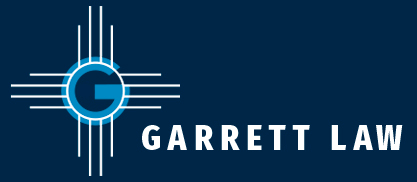Slip-and-fall accidents are more common than many people realize. What’s worse is that they can lead to serious injuries that have long-lasting effects on one’s health and well-being.
Slip-and-fall accidents are prevalent and can occur in various settings, from workplaces to public spaces and even at home. Understanding the potential injuries resulting from such accidents is crucial for taking preventive measures and seeking appropriate medical care.
Head injuries
These are among the most severe consequences of slip-and-fall incidents. Some symptoms of a head injury following a slip-and-fall accident may include:
- Headaches
- Dizziness
- Nausea
- Loss of consciousness
- Confusion or disorientation
Immediate medical attention is paramount for head injuries. Treatment may include neurological evaluation, pain management medication and swelling reduction and rehabilitation therapies. Head injuries can trigger long-term complications, such as cognitive impairment, memory problems and mood disorders. Therefore, prompt and comprehensive medical care is essential to mitigate their impact.
Spinal cord injuries
Slip-and-fall accidents can result in spinal cord injuries, which may affect the delicate nerves that enable the brain to communicate with the rest of the body. These injuries may trigger partial or complete paralysis. The symptoms of spinal cord injuries may include but aren’t limited to:
- Loss of sensation or movement
- Difficulty breathing
- Loss of bowel or bladder control
- Intense pain or pressure in the back or neck
Spinal cord injuries can have profound and life-altering consequences, affecting one’s independence, mobility and quality of life. Rehabilitation efforts are crucial for maximizing recovery and adapting to new challenges.
Fractures and orthopedic injuries
Slip-and-fall accidents frequently result in fractures and orthopedic injuries, affecting bones, joints and soft tissues. Common sites of injury include the wrists, hips, ankles and spine. Treatment for fractures and orthopedic injuries may involve:
- Immobilization with casts, braces or splints
- Reduction of the fracture (realignment)
- Surgery to stabilize the bone or repair soft tissue damage
Fractures and orthopedic injuries can lead to complications such as chronic pain, arthritis and mobility limitations. Prompt and effective medical attention is essential for promoting healing and helping prevent long-term disability.
Slip-and-fall accidents can result in a variety of injuries that can range from minor bruises to life-threatening conditions. By understanding the potential risks and seeking prompt medical attention when injuries occur, individuals can minimize the impact of these accidents on their health and well-being. Seeking legal guidance when such harm is caused by the negligence of a property owner can also help victims to mitigate associated financial challenges.

